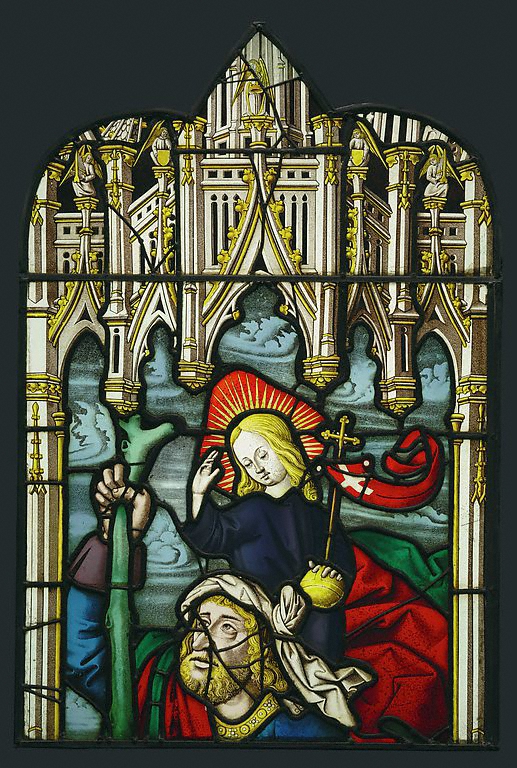If you are a churchgoer, then you are more than familiar with stained glass. These pieces make up a large percentage of religious art and depict scenes from the Bible and important religious figures. They were the photographs of his time: a historical record of important events for all to see, which was important since the majority of the population was illiterate. The history of colored and stained glass works of art is long and interesting, dating back to the beginning of the last millennium. To know more about stanied reactive glass, you may navigate to this website.
Sadly, the first of these windows is lost to history and its origins can only be debated. Mosaic and jewelry makers are credited with developing the technique that created stained glass art as we know it, which emerged during a surge in the church building. However, stained glass had been produced since the days of the Egyptian and Roman empires, both of which surpassed others when it came to making small stained glass objects.

Churches captured the beauty of this art in the 4th and 5th centuries during the church building boom, and many windows remain from this period. British churches and monasteries began to adopt stained glass as part of their decoration in the 7th century when French workers began to glaze the windows of monasteries.
Stained glass windows reached their apogee in the Middle Ages. It served a dual purpose:
1. It was beautiful to look at, and
2. Since most citizens could not read the Bible, the window art served as a kind of television by illustrating the events to the illiterate. The pieces from this era are known as the "Poor Man's Bible." This trend continued into the Gothic era when architectural design forced windows to grow larger, giving artists more than one canvas to work with.